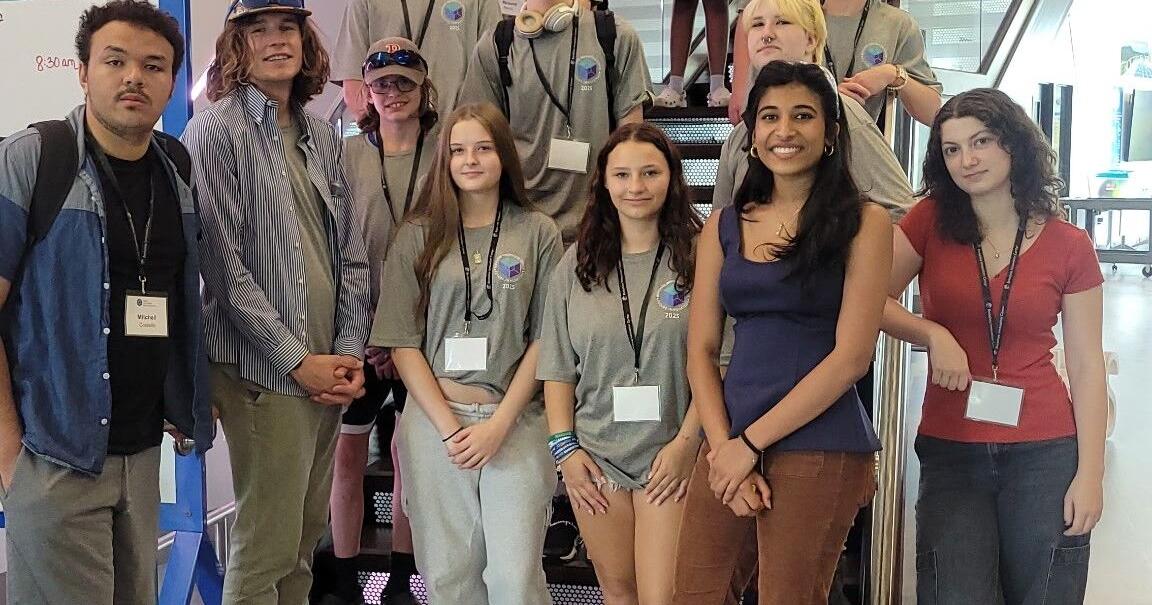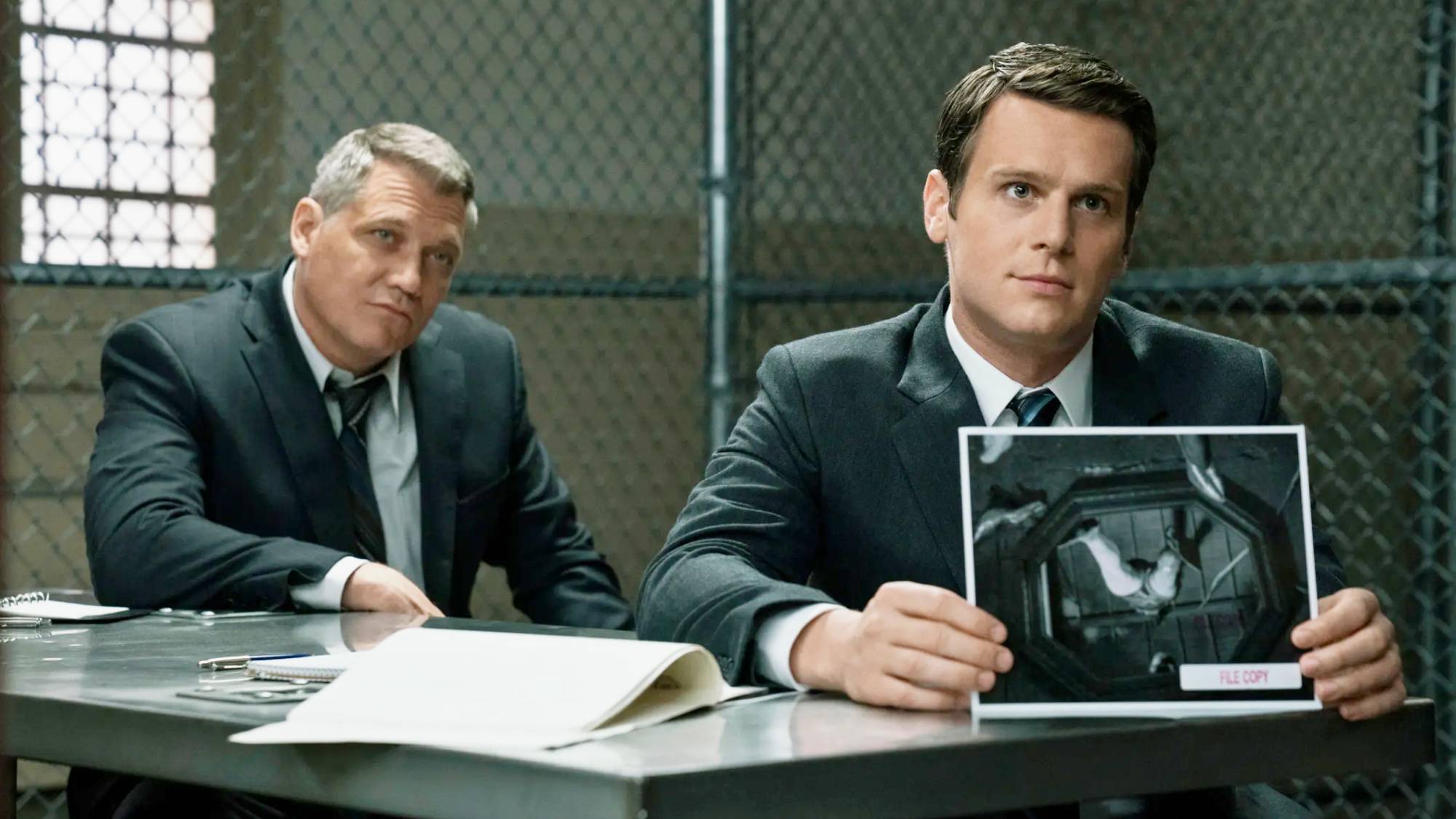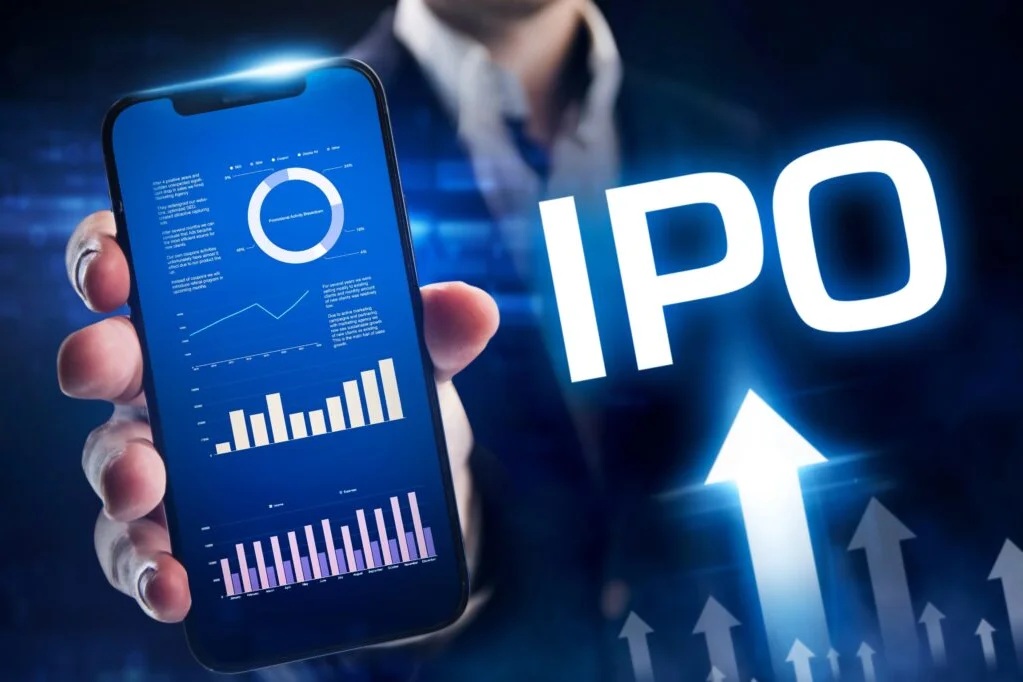By By Alexander Ryan Rebelo,Provided By Berkshire Innovation Center
Copyright berkshireeagle

Technology is exponentially proliferating, reshaping industry each year. The question is, how do we prepare students not just to adapt, but to lead? That is where the Berkshire Innovation Center’s Future Innovators program thrives.
FI is a bridge — connecting students with the life sciences, clean-tech, engineering, and advanced manufacturing sectors that anchor Berkshire County. Its purpose is clear— provide young people the exposure, skills, and confidence to excel in a world defined by technological innovation.
Over two weeks, rising sophomores in high school are immersed in a dual-focused curriculum — hard skills and human skills. On the technical side, students engage in additive manufacturing labs and apply the DMAIC (Define, Measure, Analyze, Improve, and Control) framework from Lean Six Sigma with mentors from General Dynamics and SABIC. In groups, students design social enterprises to address both local and global challenges — ranging from food insecurity in Berkshire County to potable water in sub-Saharan Africa.
On the professional side, students build their capacity to engage in “soft skills” — or what we call human skills. Students tour BIC member companies, including Boyd Biomedical, Lenco, Tourists, SABIC, MCLA and Steiner Films, gaining unparalleled insight into industry.
Further, students enhance their understanding of the eight core human competencies— a critical tool in successfully navigating the modern workplace. Finally, through their social enterprise projects, students engage in a plethora of public speaking opportunities, pushing their self-confidence to redefine what they thought was possible.
To highlight the incredible growth students experience during just two weeks of FI, I will share the story of three young women.
They arrived nervous and uncertain about their ideas. Their first brainstorming session was quiet — hesitant nods and fragmented thoughts. But then, something shifted and clicked. They leaned into feedback. They collaborated. They built, failed, yet built again.
Their social enterprise? A system utilizing wearable technology and machine learning to track essential vitals — helping families stay connected and supportive of loved ones on their journey to safe use of drugs.
By the end of the program, they stood shoulder to shoulder, presenting a slide deck that was concise, clear, and compelling — backed by a 3D-printed prototype they designed themselves. Confidence replaced doubt. The room felt it.
My path to FI was anything but traditional. Before this, I studied nuclear policy — a field obsessed with deterrence and strategic stability. It was high-stakes, high-pressure, and extremely far from a high school classroom in the Berkshires.
But when I came here, I realized something profound — the same strategic thinking that shapes international security starts with education. It starts with providing young people the tools and confidence to lead.
FI gives me that chance. I keep coming back because nothing compares to watching such a shift happen — a student who walks in unsure and walks out standing tall, pitching an idea that can change a life.
In that moment, I’m reminded why this matters. Not for policy. Not for theory. For people. For communities. For the future.
As FI’s lead instructor, I witnessed this transformation up close. Ten days. That is all it takes. Students arrive cautious — unsure of their voices. They leave confident, articulate, and ready to lead.
The capstone moment comes when each student steps forward to pitch their social enterprise. A room of community leaders — five to seven panelists. Guests lining the back wall.
The energy feels like a Berkshire version of Shark Tank. Students answer panelists’ questions like pros, beaming with pride. And every year, the same thought strikes me — this is what potential looks like when given a platform.
None of this happens in isolation. FI exists because of the collaborative spirit that defines Berkshire County. When business, education and community move in lockstep, programs like this do more than teach; they shape futures.
The Future Innovators program is ambitious by design. But, the outcome is clear. When students are placed in the right environment — with access, mentorship and expectations — they will rise.
It is in their rise, our next generation of future innovators strengthen both their futures and our region’s innovation economy.



